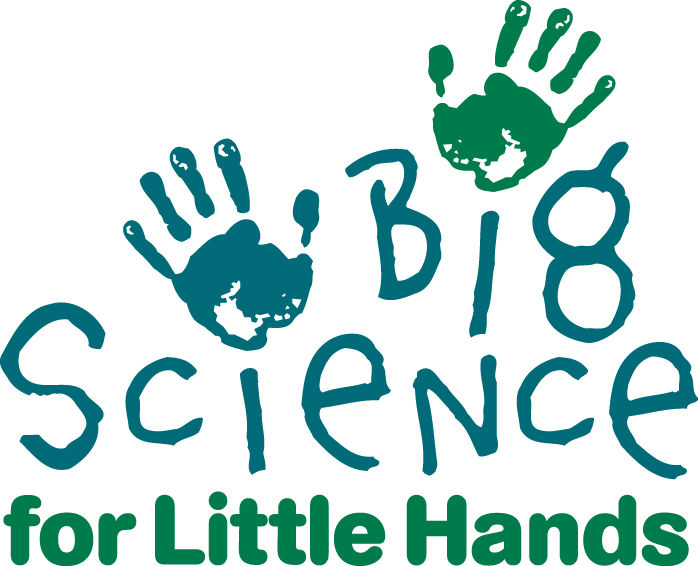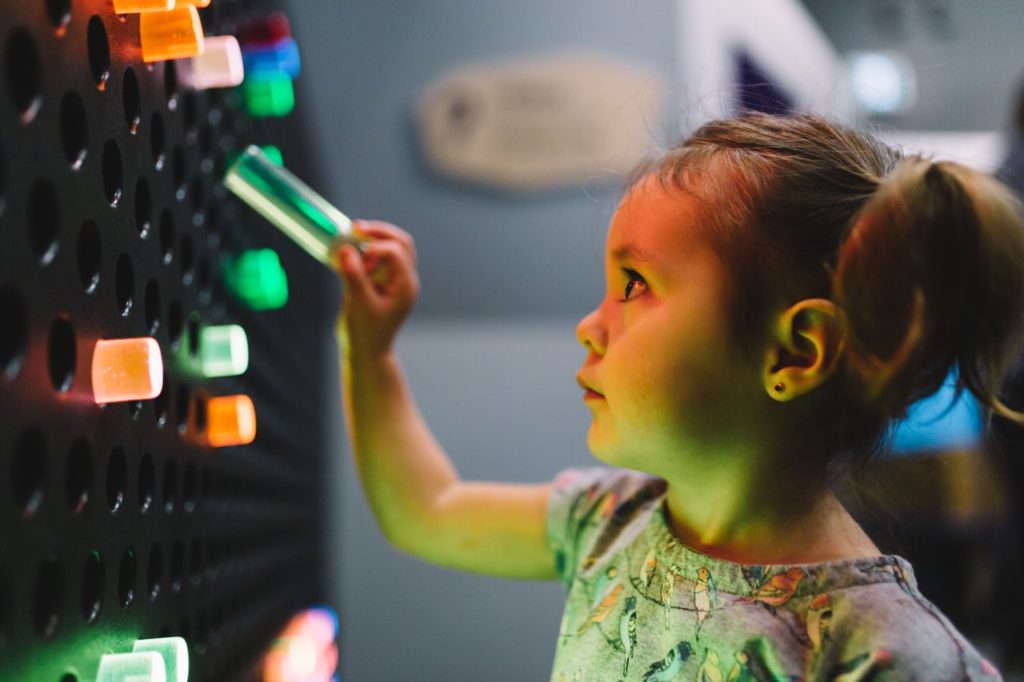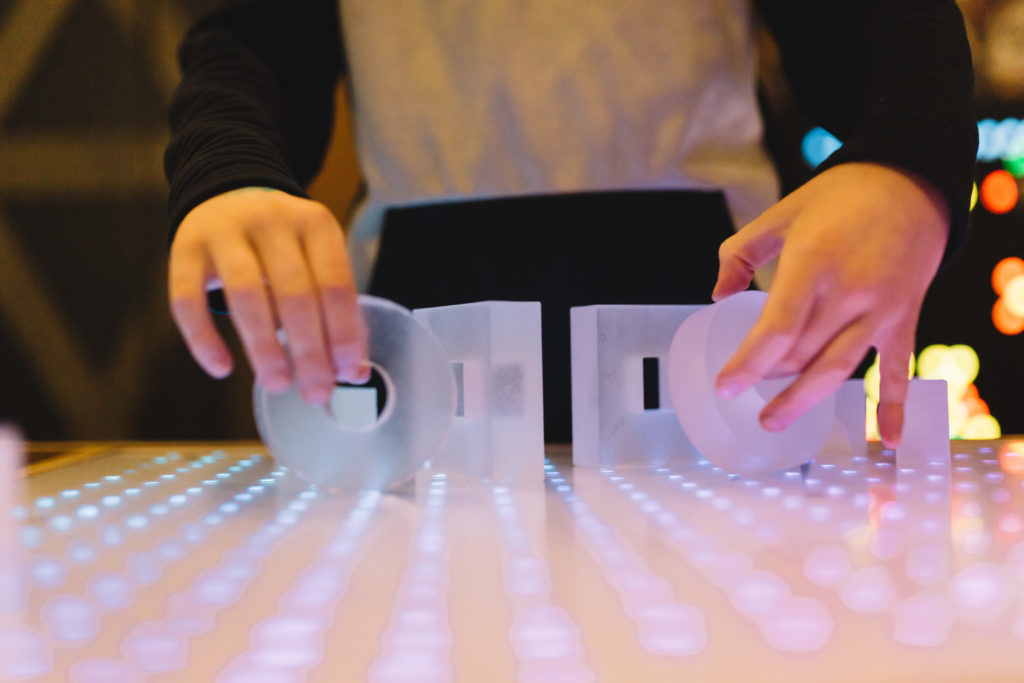Objectives
-
Describe wet and dry objects and materials by colour, texture and weight.
-
Identify objects and materials that do and do not absorb water (that is, get wet).
-
Use the properties of wet and dry materials to make artwork.
Materials
Background
Here is how a selection of these activities could become a week-long unit of study in a kindergarten classroom:
- Day 1:
- Day 2:
- Day 3:
- Opening circle: read selections from “I Get Wet” by Vicki Cobb (see Literature under Other Resources)
- Whole group activity: sample experiments from “I Get Wet”
- Make & Take activity: Blow Painting
- Day 4:
- Opening circle: complete “I Get Wet” by Vicki Cobb
- Whole group activity: conduct the last of the experiments from “I Get Wet”
- Make & Take activity: Wax Resist
- Day 5:
Other ideas:
‘Itsy-Bitsy Spider‘ is a great song for this unit!
‘Make a Rainstorm’ is a fun circle game. Start by having the children stand in a circle. The leader walks around the inside of the circle, doing a certain action. The children copy the action as the leader passes and continue doing it until another action comes along. To build up a ‘rainstorm’, do these actions: start by rubbing hands together, then gentle claps, then louder claps, then drum the knees, and finally stomp the floor. To make the rainstorm die down, reverse the order of the actions until it’s just the leader walking quietly again!
Sample wet and dry snacks!
Try different kinds of water (soda water, mineral water, bottled water, tap water). Can you tell the difference? Also try cookies or crackers dipped in milk or juice.
Vocabulary
Definitions for kindergarteners:
dry – Not wet.
absorb – Soak up or “drink”, like a cloth soaks up and holds water. When something absorbs water, it gets wet.
evaporate – When water seems to dry up or disappear and go into the air.
solution – A mixture or something dissolved or broken up in water or another liquid.
texture – How something physically feels, i.e. soft, bumpy, smooth, etc.
pressure – The act of pressing down on something, or how much pressing there is.
Other Resources
Scholastic | The Magic School Bus: Classroom Activities | Wet All Over: Water
Sesame Street | Games: Cookie Monster | Sink or Float
NeoK12: Educational Videos, Lessons and Games | Water Cycle for Kids – Geography Games and Videos | Where Does Water Go When it Rains?
NeoK12: Educational Videos, Lessons and Games | Water Cycle for Kids – Geography Games and Videos | Photos (check out pictures of rain and water clinging to things)
Peep and the Big Wide World | Educators: Full Curriculum | Explore Water
PBS Kids Go! | Fetch! Games | Water We Doing?
Preschool Education | Wet and Wild Summer Fun Activities
Earlychildhood NEWS: Professional Resource for Teachers and Parents | Angie Dorrell, M.A. | Water Play: Wet and Wonderful
Homeschooling-ideas | 31 Water Experiments for Kids
Literature
For children:
The Sandcastle Contest, Robert Munsch
I Get Wet, Vicki Cobb
Frederick & the Sandcastle, Mark Johnson
Sisters Are for Making Sand Castles, Harriet Ziefert
Murmel, Murmel, Murmel, Robert Munsch
Wet Pet, Dry Pet, Your Pet, My Pet, Dr. Seuss
Wet Feet (Floppy’s Phonics: Read at Home), Roderick Hunt
Better Not Get Wet, Jesse Bear, Nancy White Carlstrom
The Wet/Dry Book, Kate Spohn
The Wizlets: Wet! Wet! Wet!, Jamie Rix
D.W. All Wet, Marc Brown
Ducks Don’t Get Wet, Augusta Goldin
The Magic School Bus Wet All Over: A Book About the Water Cycle, Joanna Cole
A Drop Around the World, Barbara Shaw McKinney
In the Small, Small Pond, Denise Fleming
Big Sarah’s Little Boots, Paulette Bourgeois
For educators:
More Than Magnets: Exploring the Wonders of Science in Preschool and Kindergarten, Sally Moomaw & Brenda Hieronymus
Exploring Water with Young Children, Ingrid Chalufour & Karen Worth
Worms, Shadows and Whirlpools: Science in the Early Childhood Classroom, Karen Worth & Sharon Grollman


